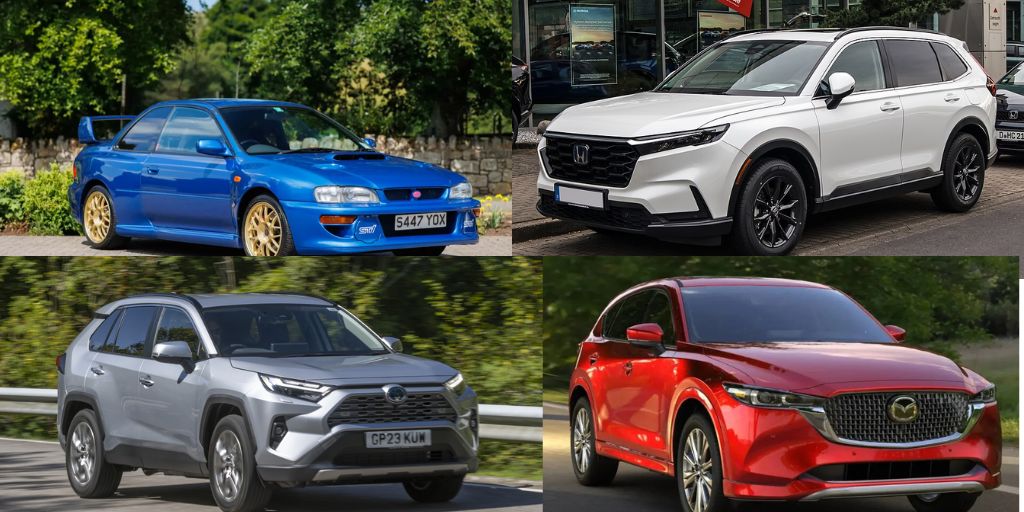All-wheel-drive (AWD) vehicles offer the perfect blend of traction, safety, and confidence in varying driving conditions—from snowy highways to wet backroads. But when shopping on a budget, it’s essential not only to find an AWD car that fits your price range but also one that can go the distance.
Some affordable AWD cars are surprisingly durable, delivering years of trouble-free performance and retaining good resale value. Others, however, seem to fall apart just after the warranty ends, racking up costly repairs and leaving owners with a sour taste.
This article dives into both ends of that spectrum. First, we’ll highlight five affordable AWD cars that have built a reputation for reliability, value, and endurance—vehicles that are praised by owners and mechanics alike. These are cars you can buy without hesitation, knowing you’re getting long-term value for your dollar.
On the flip side, we’ll also shine a spotlight on five AWD models that, despite an attractive price tag, often disappoint when it comes to longevity and ownership satisfaction.
Whether it’s due to poor build quality, frequent mechanical problems, or expensive maintenance, these cars might end up costing you more in the long run. Let’s explore the best and worst bets in the world of budget-friendly AWD vehicles.
Also Read: 5 Cars That Excel in Hot Climates and 5 That Suffer
5 Affordable AWD Cars That Last
When it comes to buying a car, especially on a budget, reliability is often the top priority. And if you live in an area that experiences harsh winters, muddy trails, or unpredictable weather, an all-wheel-drive (AWD) system can be a game-changer.
Fortunately, you don’t need to break the bank to find an AWD car that offers both capability and long-term dependability. Several budget-friendly AWD models out there consistently rack up hundreds of thousands of miles with minimal issues.
These reliable performers aren’t just about ruggedness—they offer peace of mind, solid fuel economy, and low ownership costs over the years.
Whether you’re looking for a commuter vehicle, a family-friendly ride, or something for weekend adventures, there are AWD cars under $30,000 (even under $20,000 on the used market) that truly deliver on their promises.
What sets these cars apart is not just the traction they provide, but the engineering behind their durability. Brands like Subaru, Toyota, and Honda are often front-runners thanks to their proven track records, but there are also a few surprises from other automakers that deserve a spot on this list.
Each one has earned its place by delivering consistent performance, fewer repairs, and lower long-term maintenance costs than others in the same price range.
If you want an AWD vehicle that won’t become a headache after 50,000 miles, this list is for you. Let’s dig into five affordable AWD cars that have stood the test of time and continue to deliver exceptional value for budget-conscious drivers.
1. Subaru Impreza (2017–Present)
If there’s one car that has become the poster child for affordable AWD reliability, it’s the Subaru Impreza. Available as both a sedan and a hatchback, the Impreza comes standard with Subaru’s legendary symmetrical all-wheel-drive system, even on the base trim—a major selling point for buyers in snow-prone or slippery regions.
What really makes the Impreza shine, though, is its combination of value, long-term reliability, and low maintenance costs.
The 2.0-liter naturally aspirated Boxer engine is straightforward and durable. While not a performance beast, it provides enough power for everyday commuting and light adventuring.
Most importantly, it doesn’t over-complicate things with turbochargers or overly complex systems that can fail down the line. Many Imprezas reach over 200,000 miles with just basic care—oil changes, brake jobs, and scheduled maintenance.
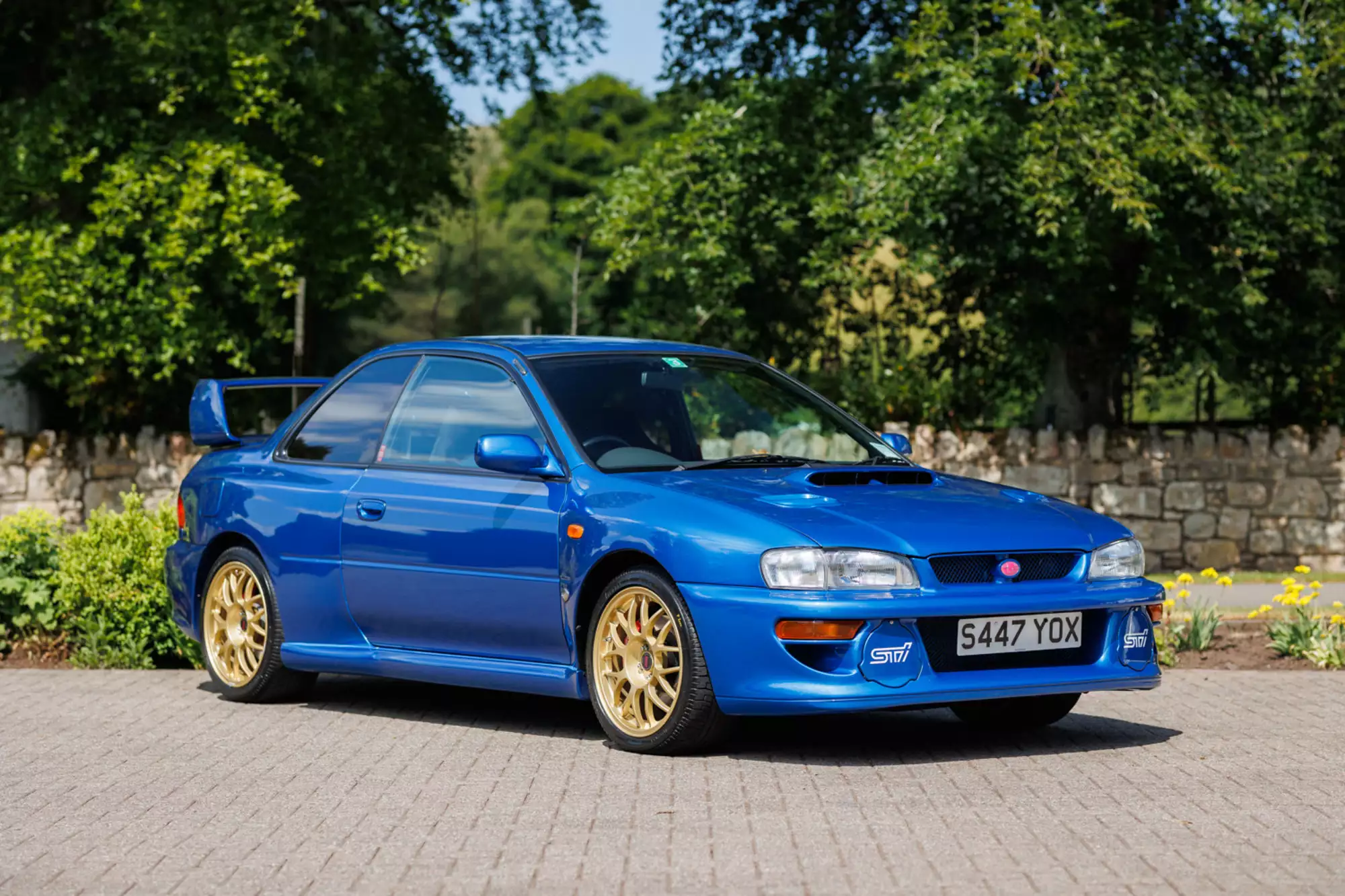
Subaru also scores high marks for safety, with the Impreza frequently earning top ratings from the IIHS. The interior, though simple, is practical and comfortable, with Apple CarPlay, Android Auto, and good visibility making daily driving stress-free.
On the used market, a well-maintained Impreza from 2017–2020 can be found for under $15,000. Given its all-season versatility and mechanical resilience, it’s a budget-friendly option that punches well above its weight.
Owners love its sure-footed driving experience, minimal repair costs, and overall durability. If you want an affordable AWD car that delivers real-world value, few do it better than the Subaru Impreza.
2. Honda CR-V AWD (2015–2021)
The Honda CR-V has long been a favorite in the compact SUV segment, and its available all-wheel-drive system makes it an even more attractive choice for buyers seeking year-round capability without sacrificing efficiency or reliability.
The 2015–2021 models, in particular, strike an excellent balance between affordability, features, and long-term dependability. Under the hood, earlier versions of this CR-V generation use a naturally aspirated 2.4-liter four-cylinder engine that’s widely regarded as bulletproof.
Later models (2017 onward) introduced a 1.5-liter turbocharged engine, which offers better fuel efficiency and adequate power, though some early models had minor oil dilution issues—most of which have been addressed with software updates and better maintenance practices.
The real value of the CR-V lies in its low ownership cost. These vehicles don’t just last—they last without nickel-and-diming their owners. With regular oil changes, transmission fluid flushes, and basic upkeep, CR-Vs commonly reach 200,000 to 250,000 miles.
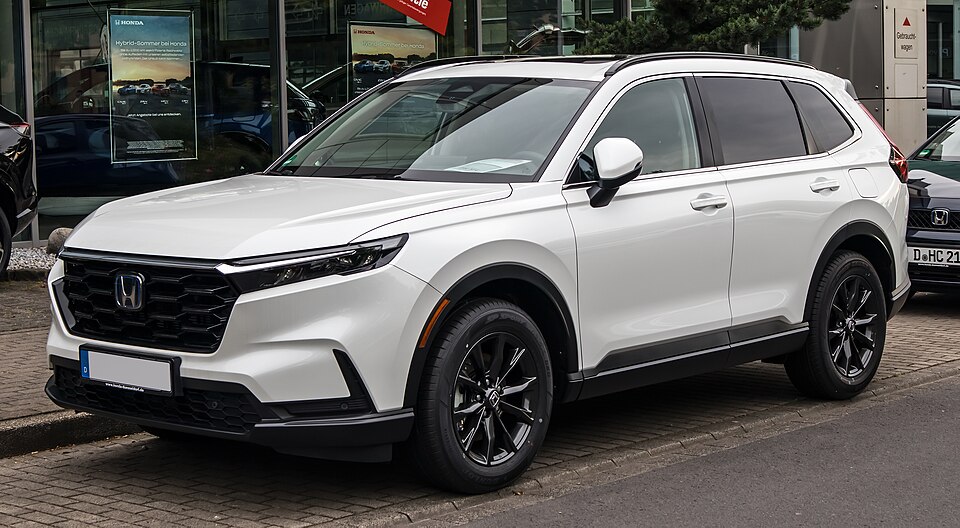
Its AWD system kicks in automatically when needed and doesn’t require driver input, offering seamless traction in rain, snow, or light off-road conditions.
Inside, the CR-V is spacious, comfortable, and loaded with practicality—fold-flat rear seats, wide door openings, and excellent visibility. It also scores top marks for safety and retains its resale value extremely well.
You can easily find a 2017–2019 AWD CR-V on the used market for under $20,000, making it a strong candidate for drivers who want SUV utility, reliable AWD performance, and peace of mind for the long haul.
3. Toyota RAV4 AWD (2013–2018)
Toyota’s reputation for reliability is almost unmatched, and the RAV4 is a shining example of why. Specifically, the 2013–2018 generation hits the sweet spot for buyers seeking a dependable all-wheel-drive vehicle that’s affordable, practical, and built to last.
This version of the RAV4 comes with a proven 2.5-liter four-cylinder engine paired with an intelligent AWD system that activates when needed, ensuring better fuel economy when traction isn’t required and confidence when it is.
Mechanically, this RAV4 generation is known for its low failure rates and resistance to major problems. It doesn’t rely on complex turbocharging or finicky tech that often causes issues in other vehicles.
Regular maintenance—oil changes, fluid flushes, and timely brake work—can keep these SUVs running smoothly for well over 200,000 miles. Many owners report minimal unscheduled repairs even after a decade of use.
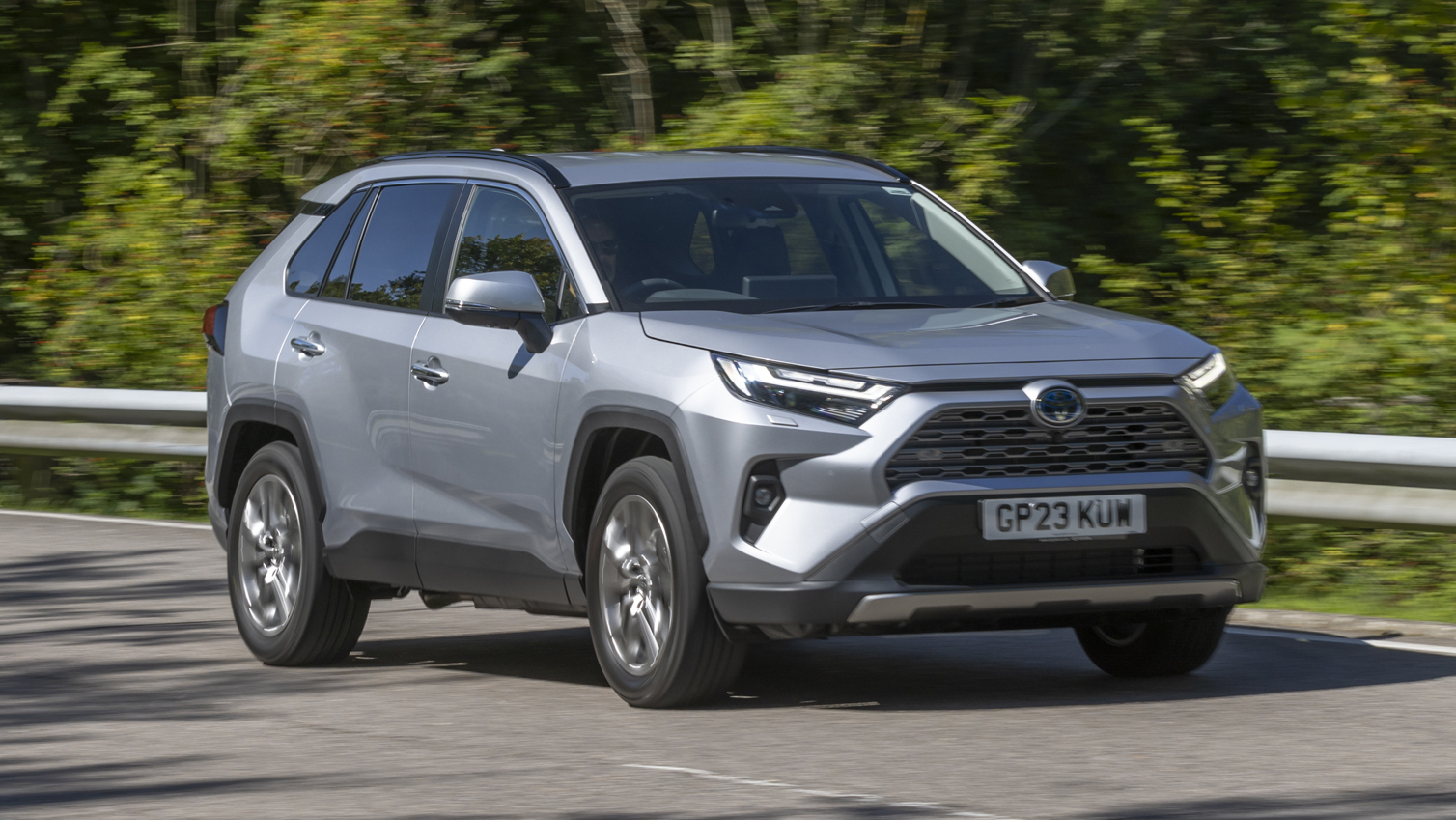
Inside, the RAV4 offers a practical layout with generous cargo space and a comfortable ride. While not flashy, its interior is durable, user-friendly, and packed with essentials like Bluetooth, backup cameras, and available advanced safety features in later model years.
What makes the RAV4 especially appealing is its strong resale value and low cost of ownership. You can find well-maintained AWD models in the $13,000–$18,000 range, depending on mileage and condition.
With Toyota’s track record, this is a vehicle that not only holds up mechanically but also holds its value over time. For anyone looking for affordable AWD that won’t let them down, the RAV4 delivers year after year.
4. Mazda CX-5 AWD (2014–2019)
The Mazda CX-5 may not be the first name that comes to mind when talking about affordable AWD reliability, but it absolutely deserves a spot on this list. The 2014–2019 first-generation refresh and early second-generation CX-5s combine sporty handling, great looks, and rock-solid dependability.
Mazda’s i-ACTIV AWD system is one of the smartest around—it constantly monitors road conditions, driver behavior, and wheel traction to deliver optimal grip, without being overly complex or high-maintenance.
Under the hood, most models are powered by Mazda’s 2.5-liter Skyactiv-G engine, which is both efficient and long-lasting.
It’s not only praised for its fuel economy (especially for an AWD SUV), but it also has a reputation for reliability when properly maintained. Owners regularly report trouble-free ownership experiences well past the 150,000-mile mark.
Inside, the CX-5 punches above its weight in terms of interior quality. The cabin feels refined and well-designed, with intuitive infotainment, upscale materials for the price point, and comfortable seating. It also comes with a suite of available safety features like blind-spot monitoring and lane departure warning in later years.
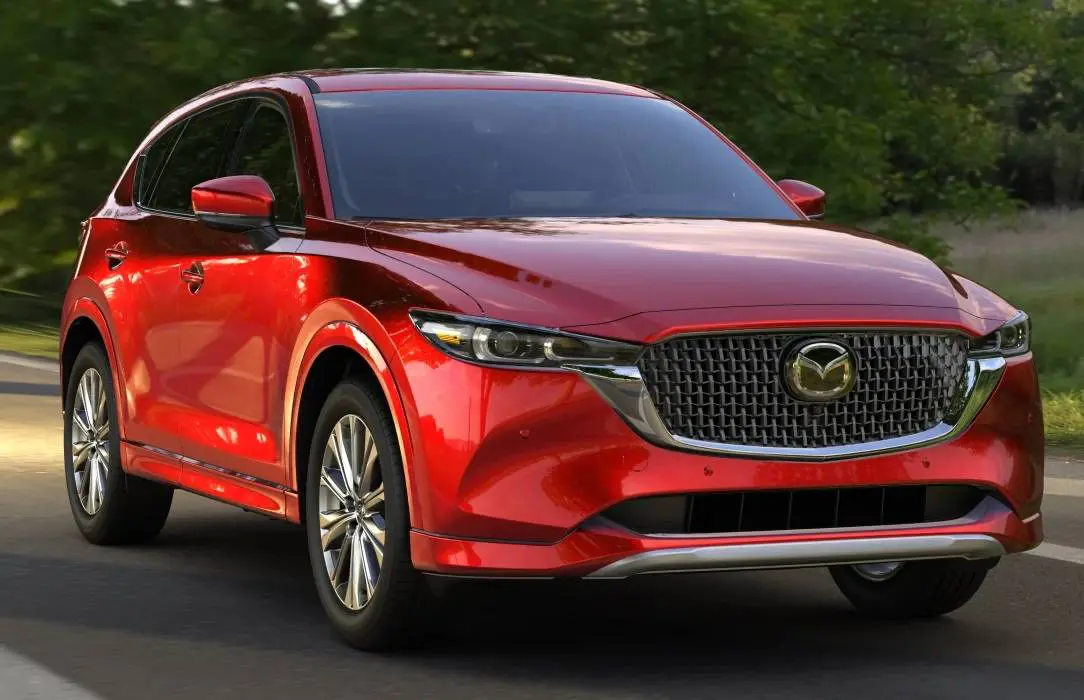
Best of all, used AWD CX-5s from this era are widely available for under $18,000, with many in excellent condition and modest mileage. Maintenance costs are relatively low, and the vehicle’s build quality helps minimize rattles, leaks, and wear-and-tear over time.
For those who want a reliable, affordable AWD vehicle that feels more premium than the competition, the Mazda CX-5 is a hidden gem worth every penny.
5. Ford Escape AWD (2013–2019, 2.5L or 1.5L/2.0L EcoBoost Engines)
While Ford doesn’t always top the charts in reliability, the 2013–2019 Ford Escape—when equipped with the right engine—has proven to be a dependable AWD option for budget-conscious drivers.
The key is to choose wisely: the base 2.5-liter naturally aspirated engine is the most reliable, though the 1.5L and 2.0L EcoBoost engines have also performed well in later model years with proper maintenance.
The Escape’s available intelligent AWD system is responsive and effective, especially in rain, snow, or gravel. It continuously monitors traction and shifts power between the front and rear wheels when needed, making it a solid choice for light off-roading or challenging weather conditions.
It’s a practical crossover that provides SUV versatility without being oversized or inefficient. Owners of well-maintained Escapes report good longevity, especially in the 2016–2019 models.
These years benefited from improved transmission tuning and updates that addressed earlier issues. Routine maintenance—oil changes, coolant flushes, transmission fluid—goes a long way toward keeping these SUVs healthy for 150,000+ miles.
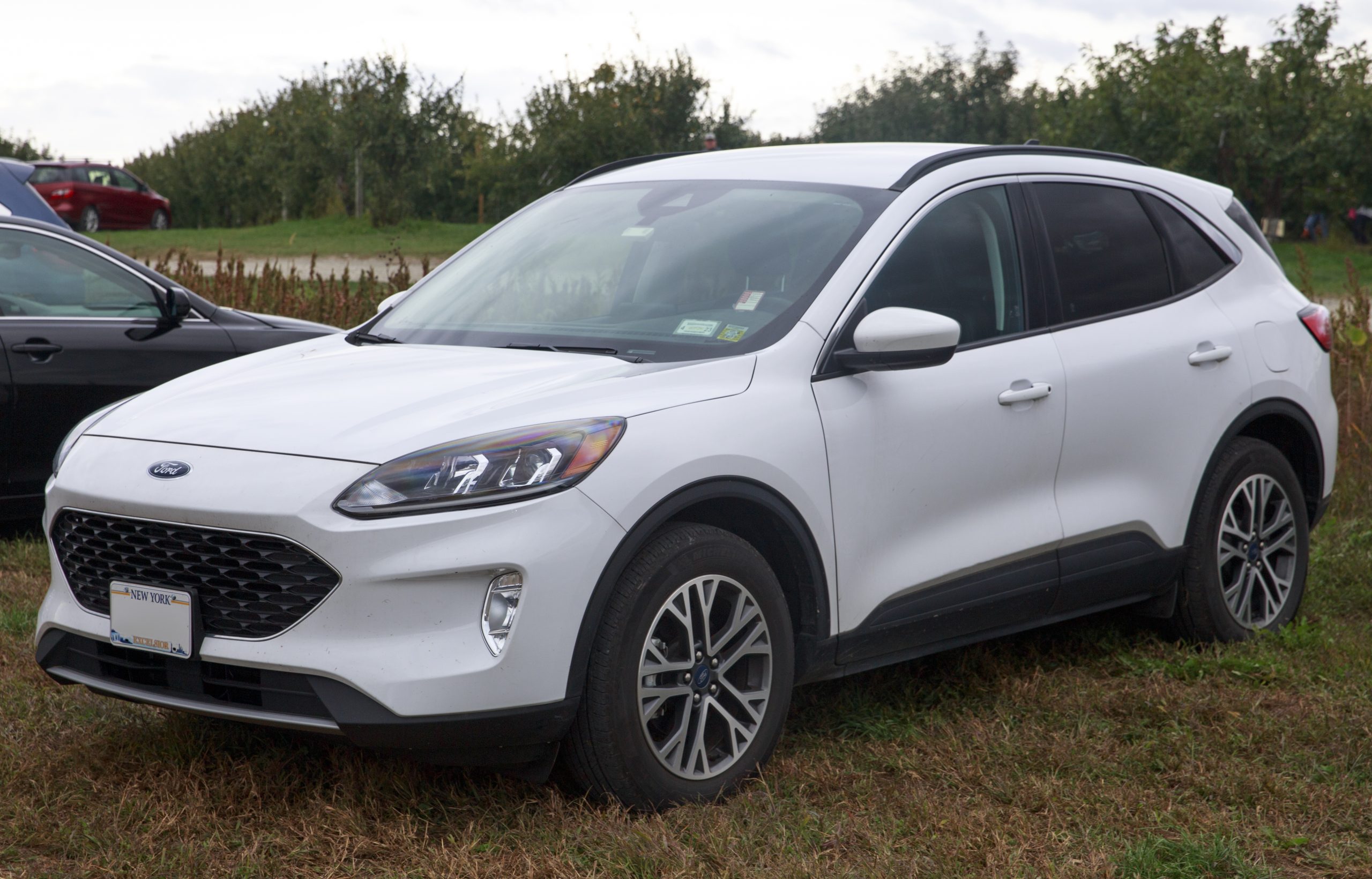
Inside, the Escape offers ample cargo space, user-friendly tech like SYNC infotainment, and a comfortable ride. It’s a great everyday vehicle that doesn’t feel barebones despite its price. Plus, it offers solid safety scores, especially in later years with available driver-assist features.
Used AWD Ford Escapes from this era are plentiful on the market, often priced between $10,000 and $17,000 depending on trim and mileage. It’s a practical, affordable AWD crossover that can outlast expectations if cared for properly.
5 AWD Cars That Aren’t Worth It
All-wheel-drive is a tempting feature—especially if you live in a region with snow, rain, or rough roads. But just because a car offers AWD doesn’t mean it’s a smart purchase.
In fact, some affordable AWD cars end up costing owners much more in the long run due to poor reliability, high repair costs, or disappointing performance.
On paper, these vehicles may seem like great deals, but beneath the surface lies a mix of engineering shortcuts, design flaws, and recurring mechanical issues.
It’s easy to be swayed by flashy features, big discounts, or stylish designs—but reliability should never take a back seat.
AWD systems add complexity to a vehicle, and when the rest of the car is poorly built or prone to problems, that extra complexity often becomes a liability rather than an asset. From frequent transmission failures to electrical gremlins, these cars have earned a reputation for letting their owners down too soon.
This section will break down five AWD vehicles that you might find in your price range—but probably shouldn’t drive home. These picks come from real-world owner reviews, consumer reliability ratings, and mechanic insights.
Some of them suffer from chronic drivetrain issues, others have AWD systems that are little more than marketing gimmicks, and several rack up costly repairs faster than their competition.
The goal here is to help you avoid buyer’s remorse. When you’re working within a budget, every dollar matters—and the last thing you want is an “affordable” AWD car that becomes a financial black hole.
These five vehicles may offer the allure of traction and value, but the truth is, they just don’t hold up over time. Let’s take a closer look at the AWD models that are better left on the lot.
1. Jeep Compass (2011–2017)
The Jeep Compass may look like a rugged little off-roader, but looks can be deceiving. While its available AWD system and affordable price point might appeal to budget-conscious shoppers, the first-generation Compass—especially the 2011–2017 models—has become infamous for its unreliability and subpar build quality.
One of the most common complaints involves the continuously variable transmission (CVT), which was used extensively in this era. It’s known for poor performance, slow response, and premature failure—often requiring costly replacements well before the 100,000-mile mark.
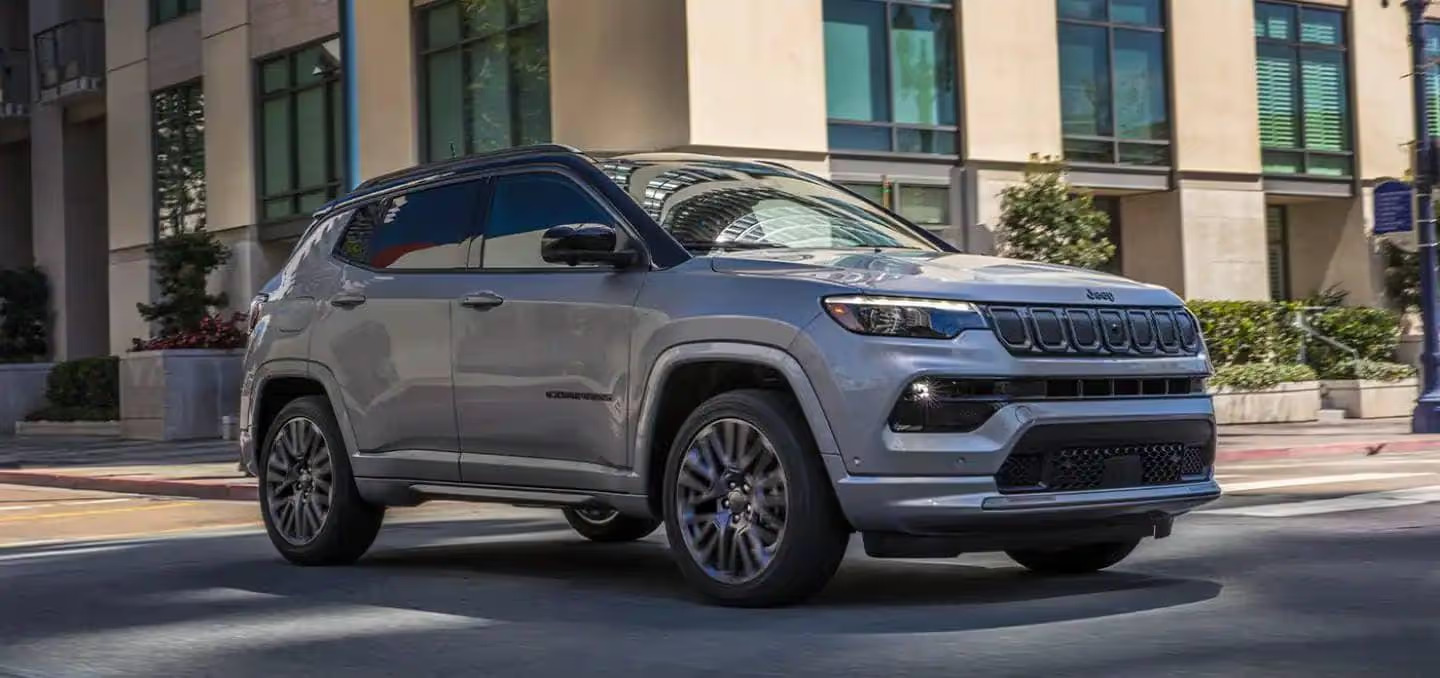
Adding to the frustration, the 2.0L and 2.4L engines used in these models are prone to stalling, rough idling, and excessive oil consumption. Many owners report a series of repairs that begin early and never seem to end.
The Compass’s AWD system isn’t particularly impressive either. It lacks the sophistication and responsiveness found in competing models, functioning more like a basic all-weather setup than a true traction-enhancing system. In snowy or off-road situations, its performance often falls short.
Inside, the Compass feels cheap. Hard plastics dominate the cabin, and many users complain about rattles, squeaks, and premature wear on interior components. Electrical issues—like failing infotainment systems and faulty sensors—are also common.
While the Jeep brand carries a certain rugged appeal, the Compass from this generation does not live up to it. With below-average reliability ratings and high ownership costs, it’s one of those vehicles that can become a financial burden soon after the honeymoon phase ends.
Unless you enjoy frequent shop visits and unexpected bills, you’re better off steering clear.
2. Nissan Rogue AWD (2014–2017)
The Nissan Rogue is a popular compact crossover, but the 2014–2017 models, especially those equipped with AWD, have a history of reliability issues that should give potential buyers pause.
While the Rogue’s overall styling, decent cabin space, and standard features make it appealing on the surface, the underlying mechanical problems have plagued many owners, making it a poor choice for long-term investment.
One of the most significant concerns with this generation of the Rogue is its CVT (continuously variable transmission). Although Nissan pushed the CVT as a way to improve fuel efficiency, it often causes more headaches than benefits.
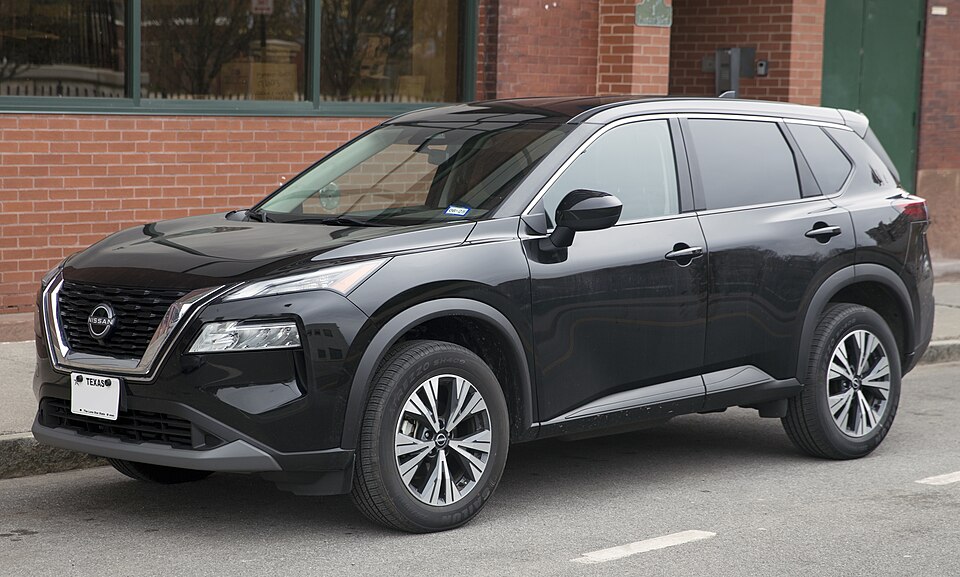
Many owners report the transmission failing at relatively low mileage, with some needing costly repairs or replacements as early as 80,000 miles.
Additionally, the AWD system isn’t as robust as it should be for a vehicle in this class, making it less dependable in severe weather conditions or when driving off-road.
The 2.5-liter engine that powers most Rogues in this era isn’t exactly a powerhouse, delivering modest acceleration and performance. While it’s adequate for city driving, the engine’s reliability is questionable, with reports of excessive oil consumption and engine stalling.
Combined with a lackluster ride quality and subpar handling, the Rogue doesn’t stand out as a fun or engaging driving experience.
Owners have also reported issues with the interior, particularly with the infotainment system, which can be glitchy and difficult to navigate. While the Rogue’s price tag might be tempting, the potential for ongoing repairs and higher-than-expected maintenance costs makes it less of a value.
3. Ford Fusion AWD (2013–2016)
The Ford Fusion is a sleek, attractive sedan with an available all-wheel-drive system that’s ideal for those living in areas with mild winter conditions.
However, when you look beyond its good looks, the 2013–2016 Fusion AWD models reveal significant reliability concerns that make it a questionable purchase.
One of the primary issues with the Fusion AWD during this time frame revolves around its powertrains. While the Fusion’s 2.5L engine and 1.5L turbocharged options initially seem appealing, these engines have a tendency to suffer from oil leaks, which can lead to engine damage over time.
Additionally, the 2.5L engine—while generally reliable—can struggle with excessive oil consumption, a frequent complaint among owners.
More concerning is the Fusion’s AWD system, which is far less capable than those found in other vehicles in this price range. The AWD system in these models is not designed for true off-road or severe weather conditions, leaving drivers in the lurch when conditions get tough.
Its overall performance is lackluster, and the system itself can be prone to failure, especially if regular maintenance is overlooked.

Another major downside is the Fusion’s transmission. The automatic transmissions in these models have been reported to be jerky, rough-shifting, or prone to premature failure, all of which can lead to expensive repairs.
While the Fusion has an attractive exterior and a comfortable interior, the ongoing reliability issues with the drivetrain, AWD system, and transmission make it a less-than-ideal choice for someone looking for a dependable, long-lasting AWD sedan.
4. Chrysler 300 AWD (2011–2016)
The Chrysler 300 is an iconic sedan with a bold design and a luxurious feel, especially in its higher trims. The available all-wheel-drive system seems to promise year-round capability, but the 2011–2016 models of the Chrysler 300 AWD come with a host of issues that can turn a seemingly attractive vehicle into a money pit.
One of the biggest issues with the Chrysler 300 AWD during this period is its transmission. The 8-speed automatic transmission, though capable in theory, is prone to rough shifting, hesitation, and outright failure in some models.
Repairing or replacing this transmission can cost thousands of dollars, which can make an otherwise affordable car quickly become a financial burden.
Additionally, the 3.6L V6 engine that powers many of these models has a tendency to consume excessive amounts of oil, leading to premature engine wear and potential long-term damage.
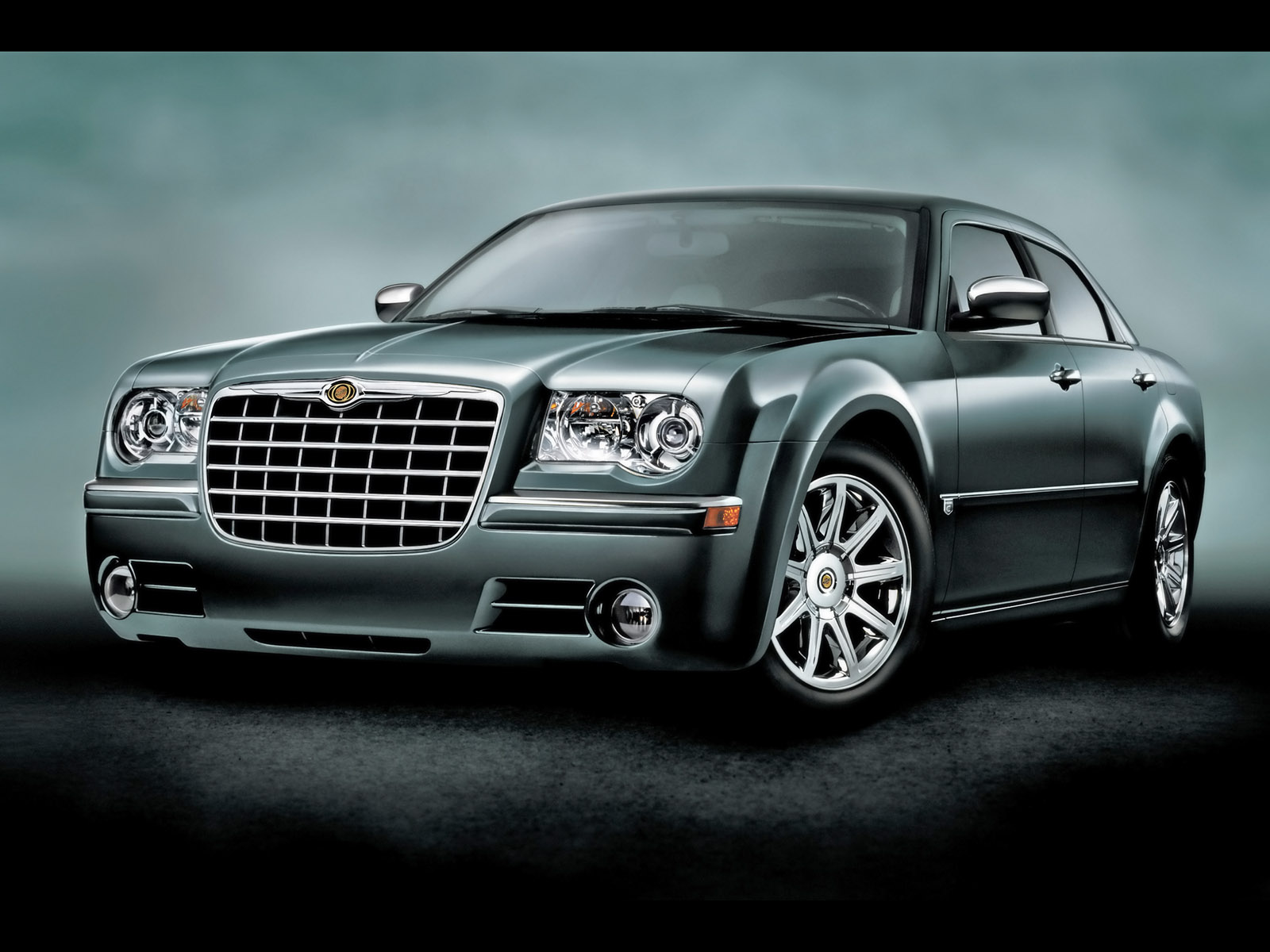
Although the engine offers good power output, it suffers from reliability concerns that aren’t easily resolved through routine maintenance. The AWD system itself, while functional, isn’t as durable or sophisticated as systems in other comparable luxury sedans.
The interior of the 300 is a mix of comfort and convenience, with features like leather seats and a smooth ride. However, the Chrysler 300 isn’t immune to electrical problems, including issues with the Uconnect infotainment system and malfunctioning sensors, which contribute to higher repair costs.
While the Chrysler 300 AWD offers a luxury appearance and a comfortable ride, its frequent transmission issues and long-term reliability concerns make it less appealing for anyone looking for a truly dependable all-wheel-drive sedan.
5. Mitsubishi Outlander AWD (2014–2018)
The Mitsubishi Outlander is often overlooked in the compact SUV category, and for good reason—especially the 2014–2018 AWD models.
While the Outlander offers a competitive price and a few desirable features, its lackluster performance, questionable reliability, and persistent mechanical issues make it a poor investment for anyone seeking an affordable and dependable AWD vehicle.
The first major drawback of the Outlander is its engine options. The standard 2.4-liter four-cylinder engine is underpowered for an AWD SUV, resulting in sluggish acceleration and a less-than-pleasing driving experience.
When combined with a sluggish continuously variable transmission (CVT), the Outlander struggles to deliver the smooth performance you’d expect from a modern crossover.
Reliability is another serious issue. Owners report frequent problems with the AWD system, including failed components and clunky drivetrain behavior. The CVT, while designed to improve fuel efficiency, often leads to early transmission failures, making costly repairs inevitable after only a few years of ownership.
These issues, coupled with high-frequency electrical malfunctions and premature wear of suspension components, quickly add up.

Inside, the Outlander is spacious, but that’s about the best you can say about its cabin. The materials feel cheap, and many of the tech features are outdated or prone to malfunction. The ride is also bumpy and less refined compared to its competitors.
Although the Outlander is one of the more affordable AWD options on the market, its ongoing mechanical issues and underwhelming performance make it a poor long-term investment for budget-conscious drivers.
When it comes to choosing an all-wheel-drive vehicle, balancing reliability, affordability, and long-term value is crucial.
As we’ve seen in this article, there are plenty of AWD cars that can offer lasting dependability without breaking the bank, but there are also vehicles that, despite their appealing features, can end up being a costly and frustrating choice.
On the “5 Affordable AWD Cars That Last” list, we highlighted models that offer excellent value for those seeking long-term reliability.
From the Subaru Impreza’s low-maintenance AWD system to the Honda CR-V’s consistent performance and stellar resale value, these vehicles stand out for their ability to go the distance with minimal issues.
The Mazda CX-5 and Toyota RAV4 are prime examples of how a compact AWD SUV can combine practicality, durability, and style without needing constant repairs.
Each of these vehicles is an investment in peace of mind, offering affordable initial costs and a lower risk of major breakdowns as they accumulate mileage.
However, not all AWD systems are created equal, and some cars on the market simply aren’t worth the investment. The “5 AWD Cars That Aren’t Worth It” list shows how vehicles like the Jeep Compass and Nissan Rogue—despite offering AWD as a selling point—fall short in terms of reliability, performance, and repair costs.
These models often disappoint with underperforming AWD systems, faulty transmissions, and engine issues that can quickly turn a good deal into a nightmare.
Their appeal may lie in their initial price tag, but the hidden costs of ownership can make them a poor choice for those seeking a long-lasting vehicle.
Ultimately, choosing the right AWD vehicle comes down to research, owner feedback, and assessing whether the long-term costs align with your budget and expectations.
With the right choice, you can enjoy all-weather performance and peace of mind without the headache of constant repairs and high bills. Whether it’s a Subaru Impreza or a Toyota RAV4, there are plenty of great options—just be sure to avoid those that come with too many hidden flaws.
Also Read: 5 Cars With Timeless Designs and 5 That Performed Poorly

